For those who enjoy animals, raising a kitten may be a delightful experience. You occasionally need to deal with inevitable issues.
Have you noticed hard lumps on your cats’ feet? If it’s your first time keeping these pets, you may be confused: Do horned paws hurt cats?
Understanding the issues related to these animals’ paws is essential to recognize whether they are painful. Let’s scroll down this article to learn more!
What Are Cat’s Horned Paws?
Horned paws or hyperkeratosis refer to a situation where the footpad skin of your cat thickens abnormally and resembles a horn.
When protein keratin, a fibrous protein making up human fingernails, is abundant, it will produce hyperkeratosis.
When your pet’s body begins to create this protein excessively, it may accumulate and form a horn.
Horned paws may be minor or extended. Thus, you may mistake these hard lumps for the natural nails of your pets, but they are different things.
You can often see these calluses at your pets’ toe pad front or below their natural nails. In some situations, these horns may develop at the paw pad bottom.
The truth is that hard lumps are common. Besides horned paws, you may notice hyperkeratosis on your pet’s face and other body parts.
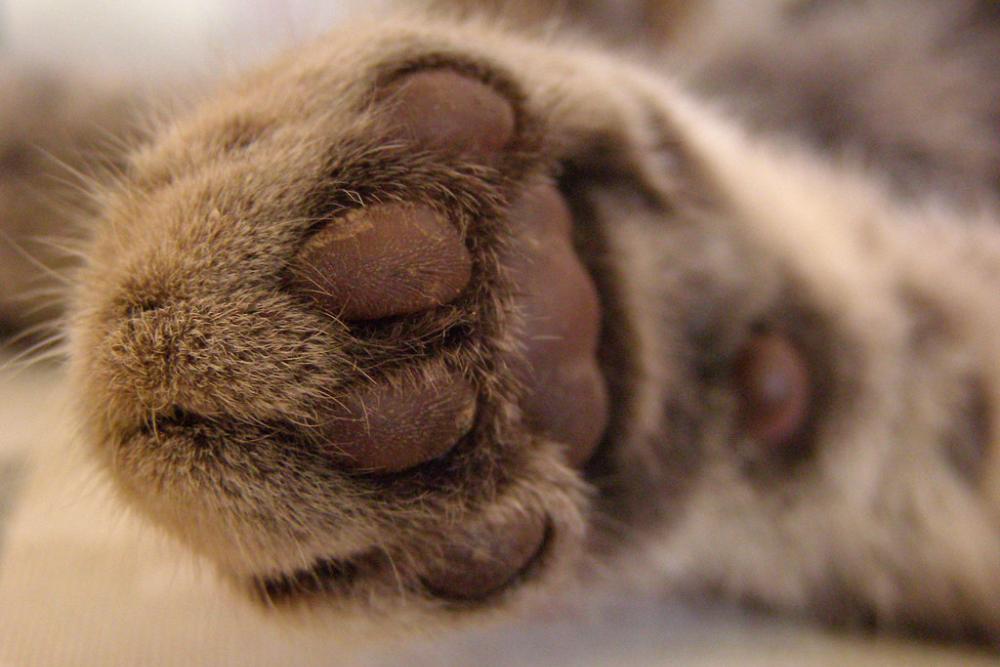
Related Post: Do Cats Feel Remorse For Biting You?
Do Horned Paws Hurt Cats?
The answer is No! Most cats don’t get hurt by horned paws. Your pets won’t experience pain when walking, jumping, or landing if the hard lumps aren’t close to the paw’s weight-bearing regions.
Yet, you may hear the clicking sound when your pets walk if these horns grow on flat regions. Pay close attention to their gait to ensure they are not in pain.
Most felines in nature will experience this issue because they often climb trees or scratch. However, indoor cats are less prone to hard lumps on their paws.
Horned paws are not always dangerous. Many cats can still live happily and healthily with these lumps without complications.
Therefore, you can decide to eliminate these horns, depending on the specific situations of your pets.
According to Dr. Burch, you don’t need to worry about the cutaneous horns that don’t cause irritation or pain for your cats.
Moreover, it’s possible to trim these hard lumps if they grow extensively, but they will eventually regrow.
If these cutaneous horns cause lameness or annoyance for your pets, it’s advisable to consider surgical removal.
Do you want to remove these horns yourself? You should consult your vet to ensure it’s a horn.
Otherwise, you may mistake it for an expansion of diseased or healthy tissue. Cutting into these parts or hitting tissue may cause discomfort, pain, bleeding, and infections.
Moreover, you can check the particular case of your pets to determine whether these growths require ongoing care.
If the horned paws are tiny, you don’t have to provide these felines much special maintenance.
Unfortunately, these calluses will grow, which makes your pets uncomfortable and painful. If that’s the case, it’s better to trim them back or perform surgical removal.
Although horned paws are not a severe health concern, it’s essential to investigate them on your pet’s paw pad.
You can quickly solve the issue with early discovery if it is severe. Always work with a professional vet to decide the best treatment for your pets.
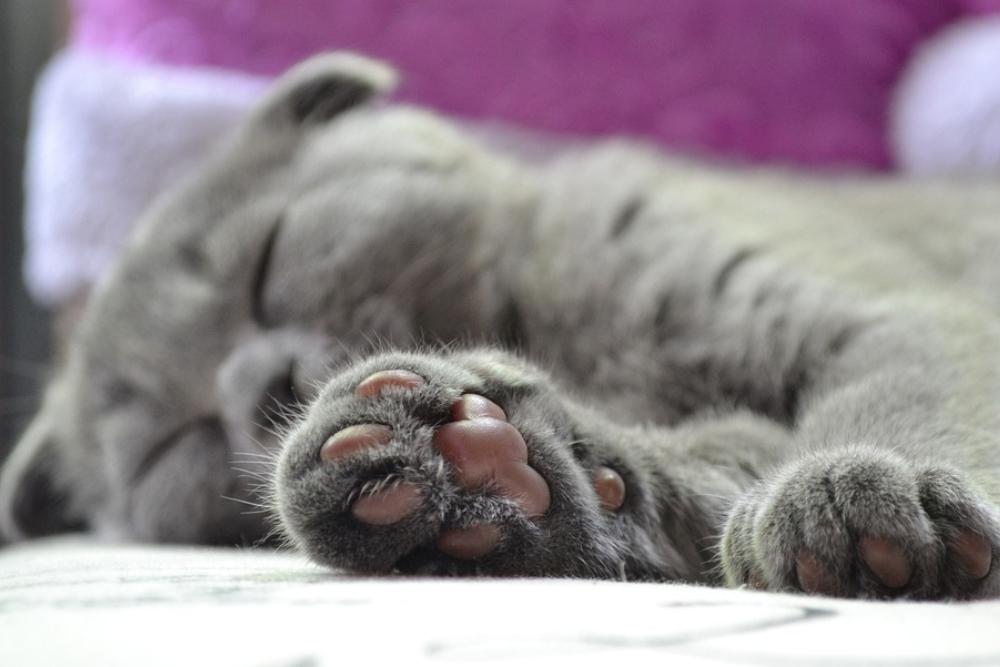
Related Post: Why Did My Cat Stop Sleeping With Me?
What Causes Cats To Have Horned Paws?
Many culprits cause horns on your cats’ paw pads. Here are the primary causes you should know:
Keratin overgrowth
When this protein is excessively abundant, it will cause hyperkeratosis to build up and appear on feline paws.
Calluses
Felines may have calluses because they often cause excessive rubbing and friction on their feet.
These hard lumps build up on their paws gradually. As a result, you may notice them when your pets walk.
Cysts
If your cats suffer from a cyst, its fluid may slowly leak, eventually hardening up.
This fluid eventually builds up in the areas having dead skin cells. Therefore, you will see hard lumps developing at these points.

Are Hyperkeratosis And Horned Paws The Same?
The short answer is yes. Hyperkeratosis is a condition that makes the skin thicker in some regions.
As explained above, when keratin, a protein type that humans and animals produce, is too much, it leads to growths on your cat’s paws.
There are some reasons for hyperkeratosis. The calluses will form over time if felines put excessive pressure or friction on their paws.
Another cause is genetics. Cats may suffer from skin issues because of their genetic structure. As a result, you see hard lumps on their paw pads.
Related Post: Why Won’t My Cat Cuddle And Snuggle With Me Anymore?
Do Horned Paws Fall Off?
The bad news is No! Hard growth on your cats’ paw pads won’t fall off on their own. Without your help, these calluses will stay on their skin and keep developing.
Cats in nature are much more prone to these hard growths because of calluses and hardened skin.
These wild felines often use their pads on rough surfaces but keep their paws trimmed down via friction.
On the other hand, domesticated cats often have more extended hard growths because they lack activities.
Whether it’s a wild or indoor cat, these hard lumps won’t go away if you leave them to fall off naturally.
Can You Trim Your Cat’s Horned Paws?
While the cutaneous horns on your cat’s paw pad are harmless, you can decide to trim them to prevent irritating clicking noise and potential implications.
However, if you are inexperienced in cutting horned paws, you must consult a vet to ensure they are not healthy tissue.
Otherwise, you may cause unwanted problems for your pets, such as infections, discomfort, or bleeding.
The best advice is to visit your vet for the exact diagnosis and medical treatment if you are unsure what to do with these hard lumps.
How To Treat Your Cat’s Horned Paws?
After you consult your vet and ensure the horn growth causes your cats some issues, you can consider the following options!
Trimming
It’s worth noting that the hard lumps are thickened skin without blood vessels, nerves, or something causing pain.
As a result, you can cut them to the position of their footpad. You only need to use clippers to remove the keratin regions as nails.
Medications
The effect of medications differs from cat to cat because it is uncertain what exactly causes cutaneous horn growth.
Typically, your veterinarian will prescribe medications, such as Azithromycin and Interferon, to treat keratin formations.
Surgery
Do your cats experience much discomfort and pain from cutaneous horns? The best solution is to do surgical removal.
This way, the professional veterinarian will eliminate the hard lumps and the basis to prevent potential resurgence.
However, you must know that treating this issue using surgical procedures may risk the mobility impairment of your cats.
Related Post: Do Cats Feel Guilty When They Bite Their Owners?
Every owner is full of care and love for cats. In addition to interacting with cats, you can customize a range of cat-related products to express your affection.
You can consider custom lapel pins, which are small and delicate. Pins have different colors and styles and are very convenient for making a variety of cute looks. You can also carry a pin to experience unique happiness.
FAQs
Do Horned Paws Go Away?
The short answer is no. Without surgical removal, medications, or trimming, the horns won’t go away.
Can I Trim My Cat’s Cutaneous Horns?
Yes! However, you must identify the horned paw pad regions to avoid cutting healthy tissue, which may cause bleeding or pain for your cats.
What Is Horn-Like Growth On A Cat?
These hard lumps are the result of keratin’s excessive growth. It is a protein to form skin, nails, or hair.
What Do You Do With Horned Paws?
You can consult with a professional vet to trim them. Also, it’s a good idea to use medicines.
Otherwise, you can consider surgical removal. This way, the vet can remove the root causes of horned paws.
How Long Does It Take For A Cat’s Paw To Heal?
It depends on your cat’s health—the healing time ranges from 10 days to 3-4 weeks.

Wrapping Up
Do horned paws hurt cats? Generally, the cutaneous horns won’t cause harm, discomfort, or pain to your pets.
However, monitoring their gait is best to ensure your cats are healthy with these hard growths when walking, jumping, or landing.
Besides, you can get a vet to trim these lumps if you see your pets have trouble walking. You can use medicines or allow them to undergo surgical removal.
If you still have questions about this topic, contact us, and we will answer as soon as possible.








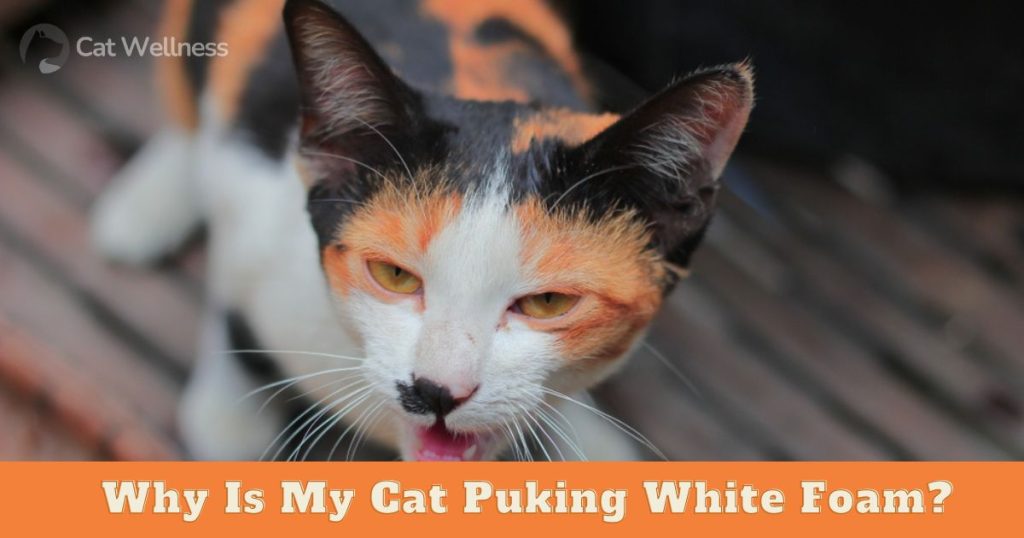

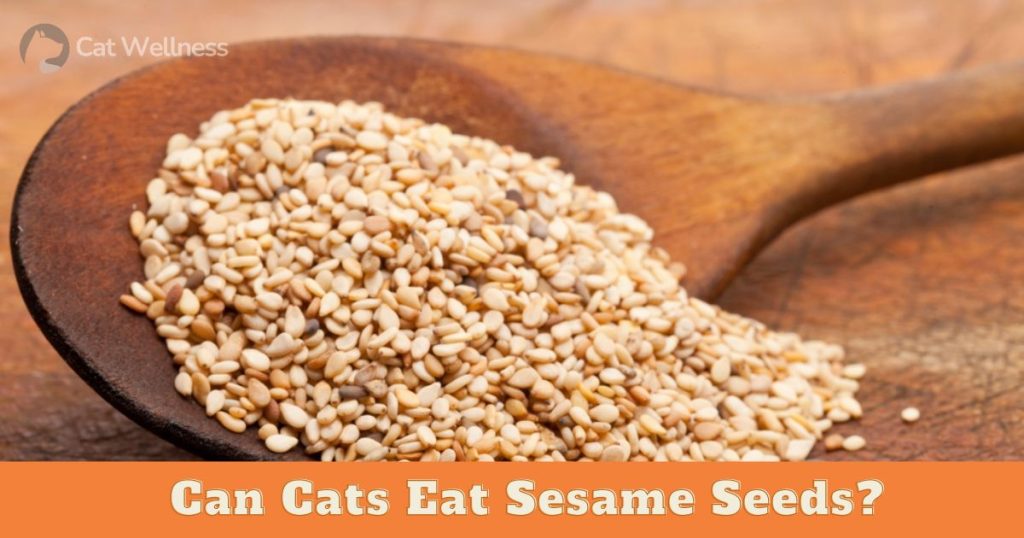



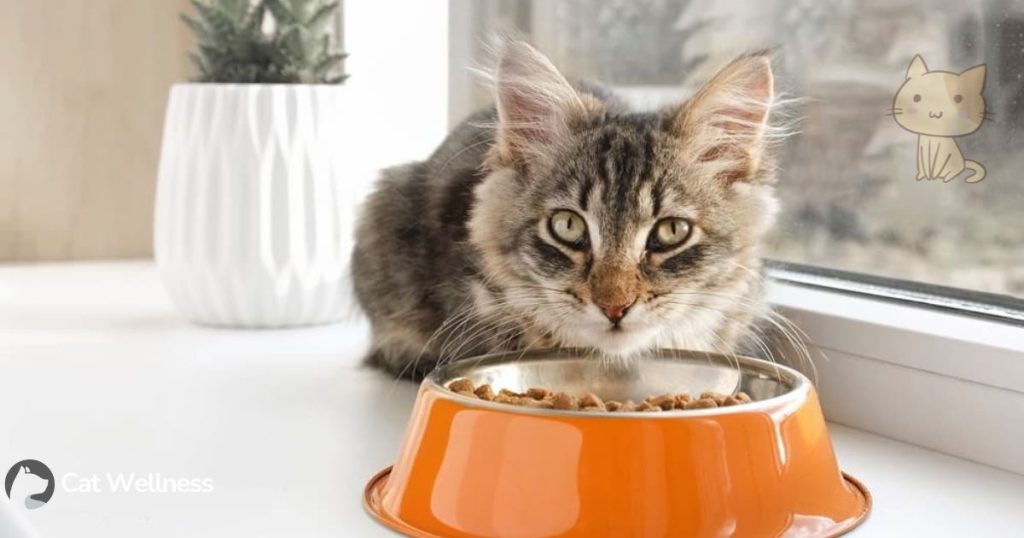



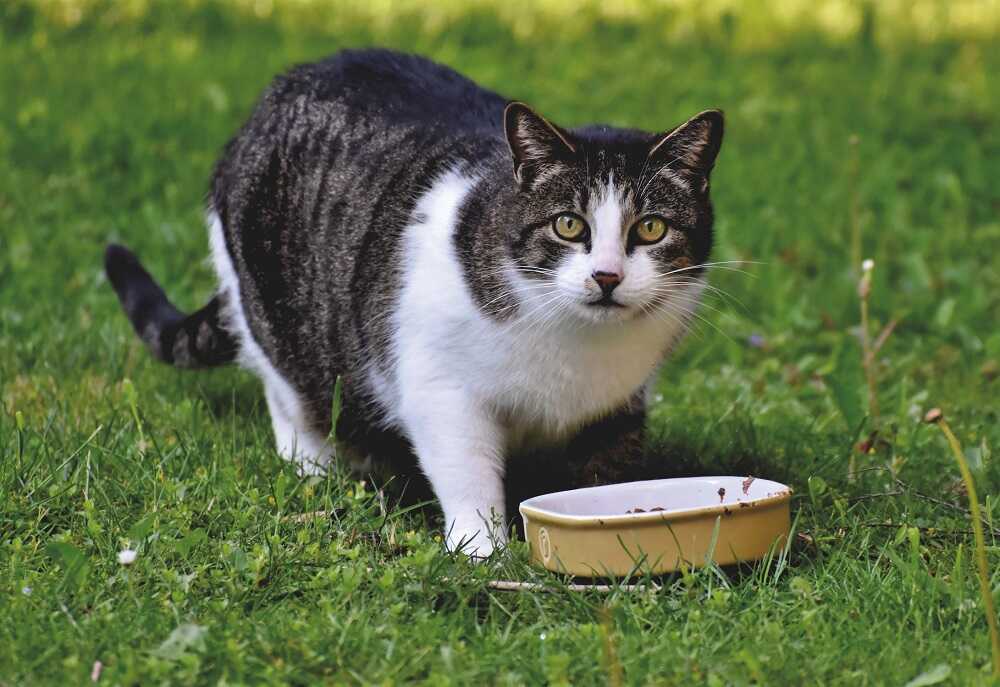
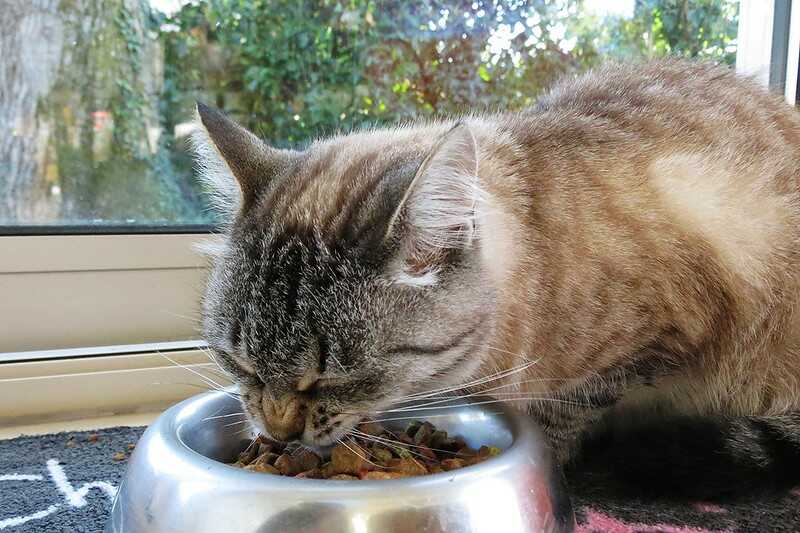
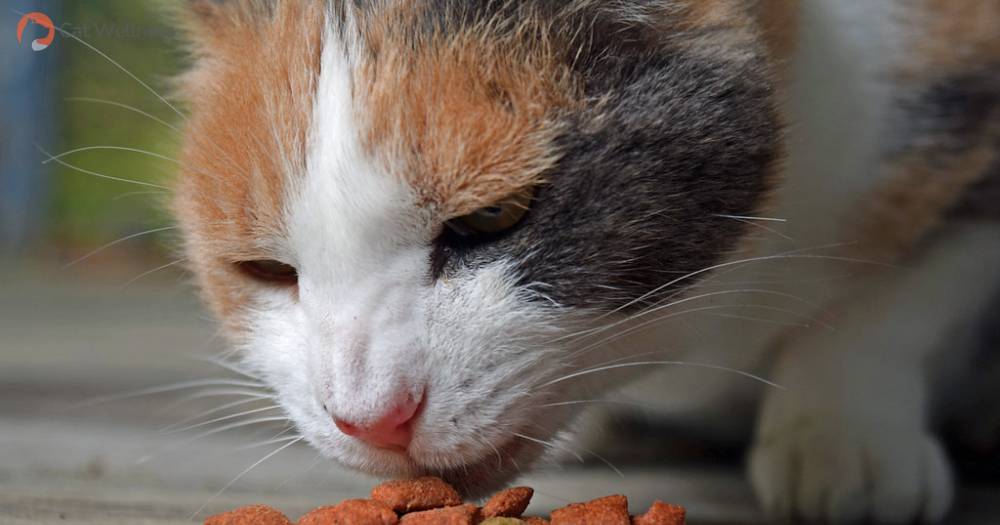
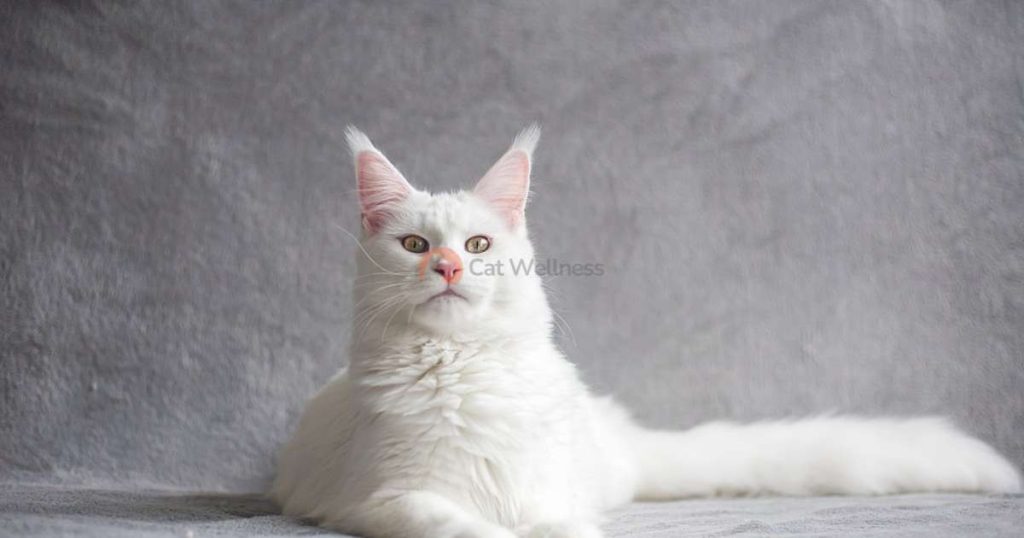







My vet said I could pull the horns out with tweezers. I’ve not tried and I’m afraid it’s not going to end well. Is this accurate?
Hi Angela,
I strongly advise against attempting to pull out a cat’s horns with tweezers or any other method. Cats do not have horns; they have ears, which are sensitive and essential for their well-being. Pulling on a cat’s ears can cause pain, injury, and distress to the animal.